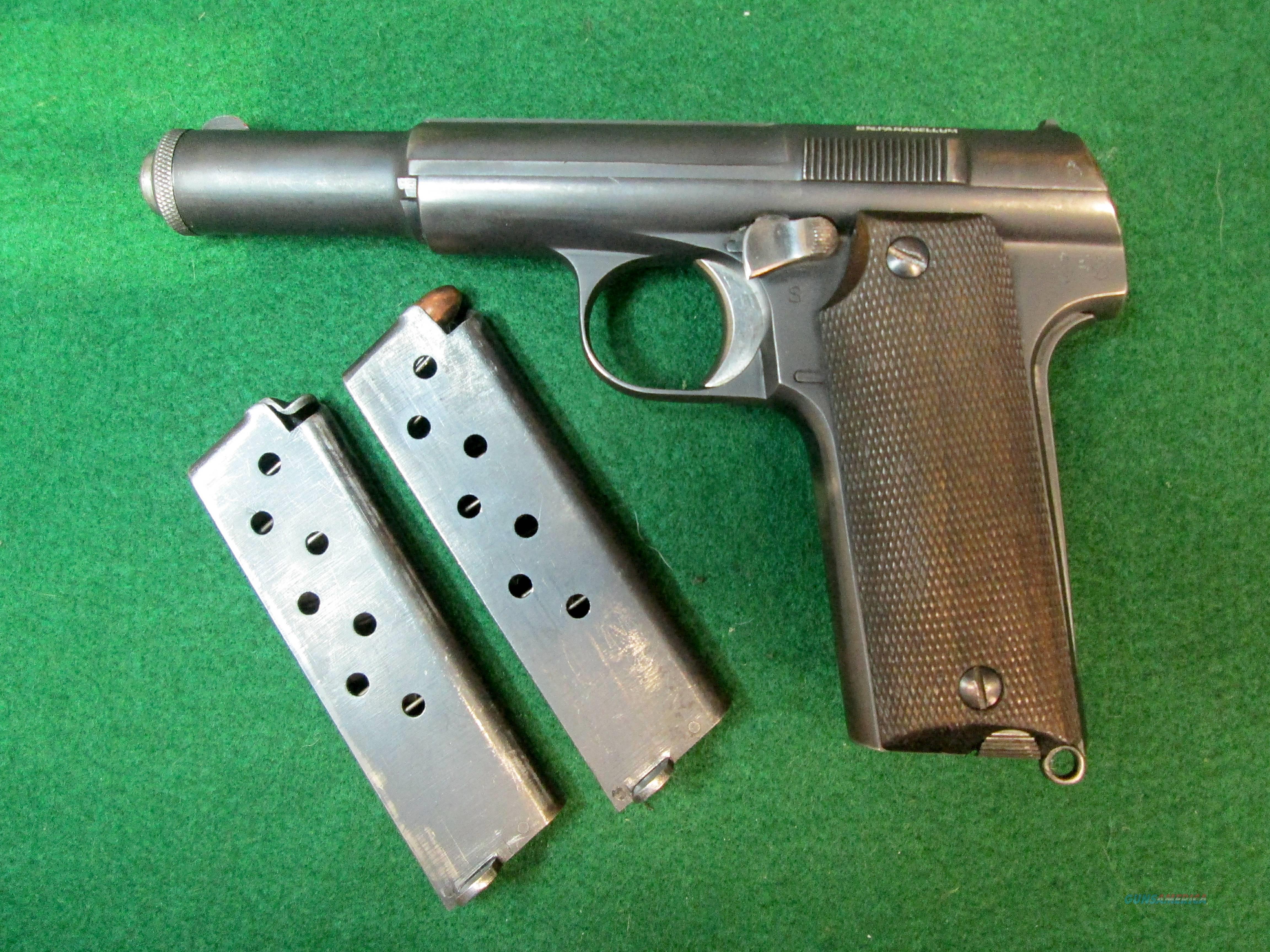


Due to the military situation in France, the balance of the contract wasn't completed until 1951. Manufacturing of the 600 started in 1943. Unceta y Compania was one of the few companies that the government allowed to stay in business.ĭuring World War II, even though Spain was neutral, they took part in the German war effort by producing the Astra 600 in 9mm Parabellum for the German army. In 1926 Juan Esperanza left to form his own company, and Astra-Unceta y Cia became Unceta y Compania.Īfter the Spanish civil war, the Spanish government forced the closing of many firearms factories. The commercial version of the gun was known as the Astra 400, and both versions are chambered in 9mm Largo. The submission was a success, and the Spanish army adopted the pistol in September 1921. The company submitted their Pistola de 9 millimeters Modelo 1921 for the army trials. After the war, due to complaints about the Campo Giro, the Spanish army started a search for a new sidearm. The Astra trademark was adopted on November 25, 1914.ĭuring World War I, the company got started with an order for approximately 150,000 Ruby-type semi-automatic pistols. Due to the number of government orders for the firearm, the company moved to a new factory in Guernica. The company began producing the Spanish Army's Campo Giro pistol in January of 1914. In 1913 the company moved to a location in Guernica, Spain. The company was established in Eibar, Spain, which was also the former home of Llama and Star firearms as well as dozens more.

The company was founded as Esperanza y Unceta by Juan Esperanza and Pedro Unceta. Astra-Unceta y Cia S.A., more commonly referred to as Astra, got its start in July of 1908 as a company to sell all types of machinery.


 0 kommentar(er)
0 kommentar(er)
